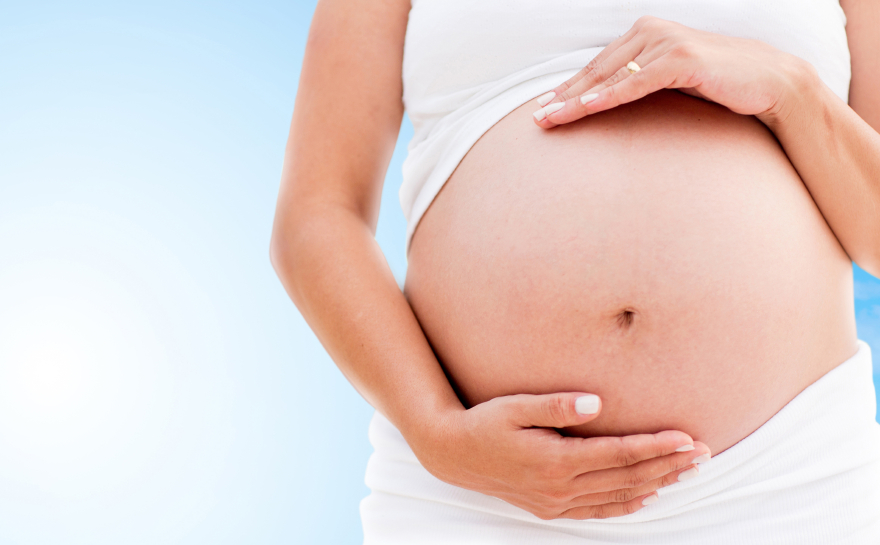
Your body is changing, your tummy is growing and you can’t see your legs anymore. You start noticing how much harder it gets to shave them and at this point you may have asked your partner for help. Other hair removal methods such as waxing and chemical depilatory creams may also prove to be more irritating and harmful to your stretching, sensitive skin. Moreover, because of hormonal changes during this time, you may notice an unusual growth of hair on different areas of your body such as chin, tummy or nipples. Rest assured, some of this excess hair might fall off after pregnancy if you don’t pluck it or shave it, especially since it may be only due to your hormone levels. In this case, it is recommended to wait it out until after giving birth. As for your usual unwanted hair, there are always solutions during pregnancy as well.
You can turn to your fancy silky razor and combine it with the smoothest epilatory cream to shave your legs temporarily. You may still need to ask for assistance as we all know, shaving in the tub or even under the shower can be challenging for pregnant ladies sometimes. If you are a usual laser hair removal customer, then you might be advised not to go to your salon anymore as a safety precaution until after breastfeeding your baby. So, what about electrolysis then?
Normally, during the first trimester, known to be a high-risk period for all pregnant women, they are advised not to undergo electrolysis treatment at this point to help keep stress levels at a minimum. If you do decide to go for an electrolysis treatment anyway during pregnancy, wait to pass that stage and make sure you get the green light from your doctor or physician first! Also, and most importantly, make sure you are familiar with the types of electrolysis that are used so you can choose the safest and most fitting process for you together with the electrologist. (See Types of Electrolysis)
In general, galvanic electrolysis or blend currents are not recommended in this situation. Galvanic current sends off a small electrical current through the body, which could potentially reach the baby since the amniotic fluids surrounding the baby could act as a conductor. So, thermolysis is always the preferred process used.
By the third trimester your skin will be more stretched and tender, so it is best to avoid specific areas when undergoing electrolysis at this stage. You’ll also notice that during and after pregnancy your breasts are more sensitive than usual. So, if you are planning on breastfeeding your baby, then avoid doing electrolysis on your breasts during your third trimester and while breastfeeding. Your abdomen might also be a more sensitive area during the final stage of your pregnancy and should thus be avoided as well. The most common area and safest to be treated is the face.
The electrologists or the electrolysis center you go to, will always recommend you seeking a dermatologist’s or doctor’s advise and help explain further the important facts to know on electrolysis during pregnancy. However, electrolysis has been around for more than 100 years with no reported cases of harmful effects on pregnant women. So if you’ve had excess facial hair for some time and really want to get rid of it during your pregnancy, you can still do it after seeking a professional opinion.



